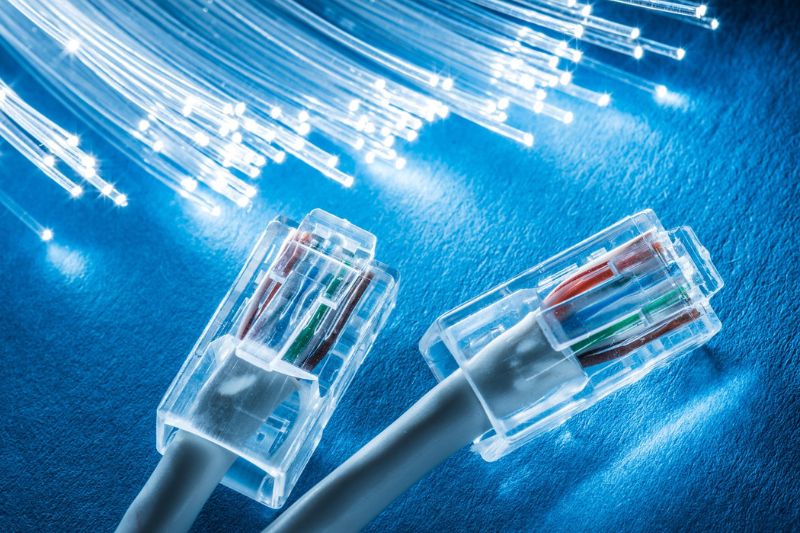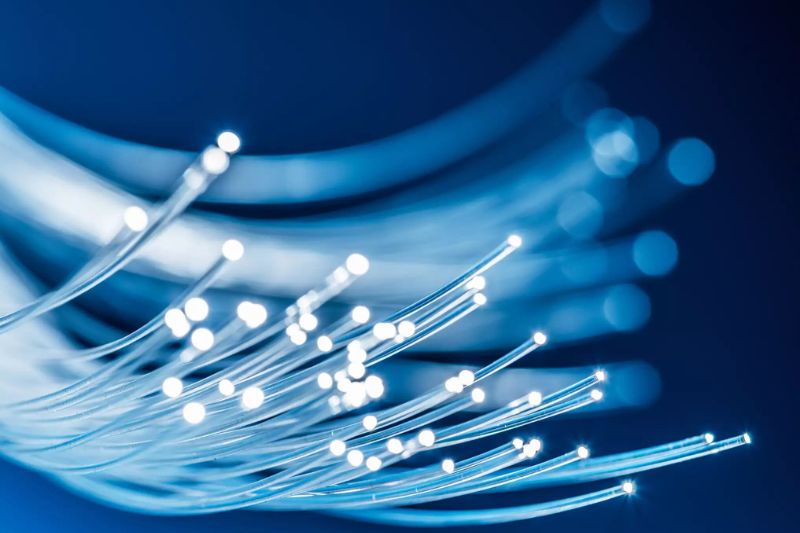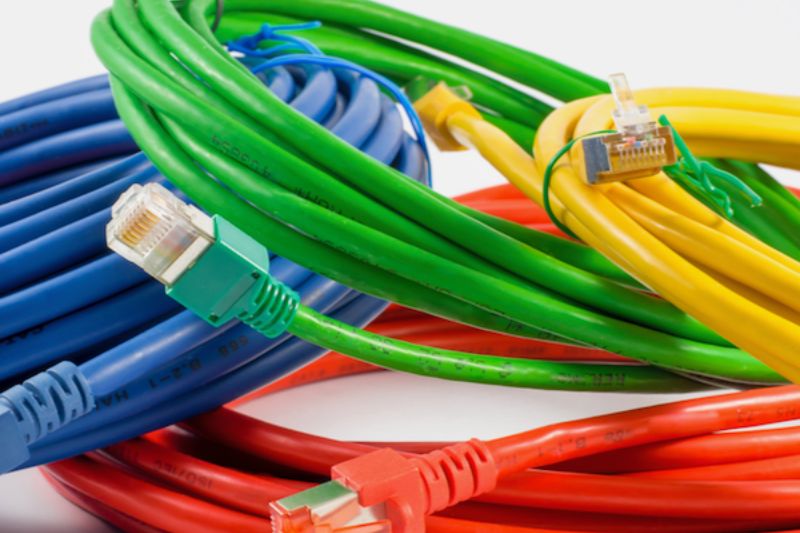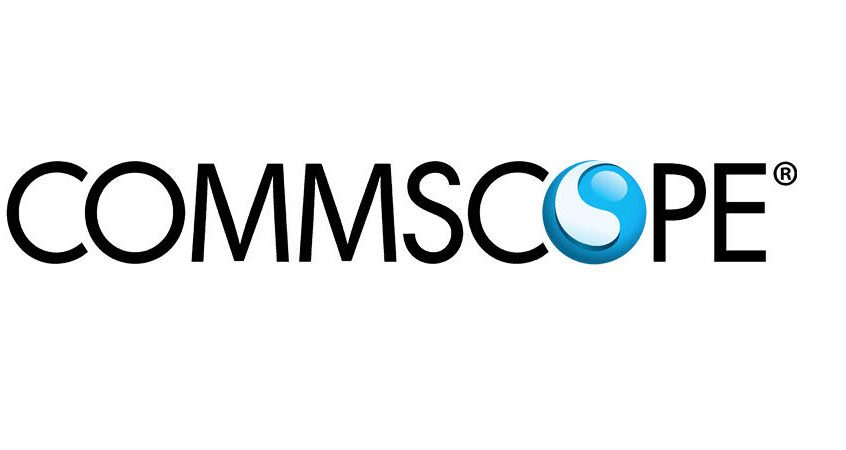Fibre optical cable has modernised communications and data transmission systems, proving to be superior to traditional copper cables in many aspects. The inherent advantages of fibre optic technology have led to its widespread adoption in telecommunications and networking.
Using light signals, fibre optic cables create significantly higher transmission speed and larger bandwidth than traditional copper cabling.
Fibre optics enable the transmission of vast amounts of data at the speed of light, facilitating seamless streaming, quick downloads and lag-free communication. Copper cables, which rely on electrical signals, are more prone to signal degradation and interference, leading to limitations in speed and bandwidth.
 1300 130 423
1300 130 423






